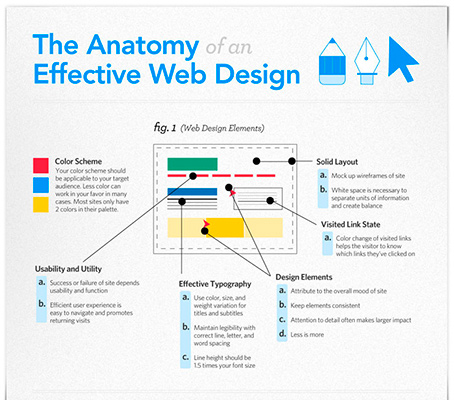Core Concepts Of Site Design: Advice For Crafting A User-Friendly Online Presence
Core Concepts Of Site Design: Advice For Crafting A User-Friendly Online Presence
Blog Article
Created By-Abildtrup Thrane
When it concerns internet site layout, ensuring user-friendliness is key. From receptive design to structured navigating, every element plays a vital role in producing a website that deals with your target market's needs. However what regarding the better information that can make or break a customer's surfing experience? Stay tuned as we discover some often-overlooked pointers that can boost your site's functionality to the following level, making it absolutely attract attention in the electronic landscape.
Significance of Responsive Design
Responsive design is a vital facet of modern-day website advancement. Ensuring your site is responsive means that it can adapt to various display sizes and devices, providing a smooth experience for customers.
With the raising use smart devices and tablets to access the net, having a responsive style is vital for reaching a broader target market. It helps in enhancing user experience by making your internet site simple to browse and read on any device.
In addition, responsive style can favorably impact your search engine positions, as online search engine like Google focus on mobile-friendly internet sites. By having a receptive style, you're also future-proofing your site, as new devices with varying screen sizes continue to arise.
Simplify Navigating Framework
To enhance individual experience and assist in simple access to information on your website, improving the navigation structure is paramount. When making click here to read , concentrate on producing a clear and user-friendly navigating menu that assists visitors find what they're looking for rapidly.
Restriction the variety of menu things to the fundamentals, grouping relevant pages with each other to stay clear of frustrating individuals. Usage descriptive tags that plainly suggest the material of each web page, making it less complicated for users to recognize where each link will take them.
Take into consideration carrying out dropdown food selections for subcategories to avoid littering the major navigating bar. Additionally, include a search bar plainly on the page for users who choose looking for certain details.
Focus on mobile responsiveness in your navigation layout to ensure very easy accessibility on all tools.
Maximize Web Page Tons Rate
Improving page load speed is important for preserving visitors on your web site. Slow-loading web pages annoy individuals and can lead to high bounce prices. To maximize web page lots speed, beginning by maximizing images. Compress pictures without endangering top quality to lower their file dimensions.
Furthermore, make it possible for web browser caching to store often accessed resources locally, quickening lots times for returning site visitors. Minify CSS, JavaScript, and HTML data by removing unneeded personalities, comments, and format, boosting load speed.
Think about utilizing a content delivery network (CDN) to disperse your web site's web content throughout several web servers worldwide, minimizing latency for customers accessing your site from various locations. Last but not least, restrict the use of third-party scripts and plugins, as they can substantially affect lots times.
Verdict
To conclude, by integrating responsive style, streamlining navigating, and enhancing page tons speed, you can develop an user-friendly web site that attract a bigger target market and boosts customer experience. Recommended Web site guarantee that site visitors can quickly access and navigate your site throughout different devices, leading to increased engagement and contentment. By focusing on these key facets, you can build a successful internet site that keeps users returning for more.
